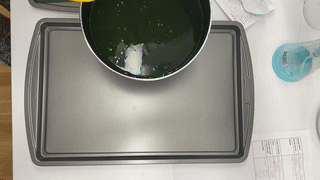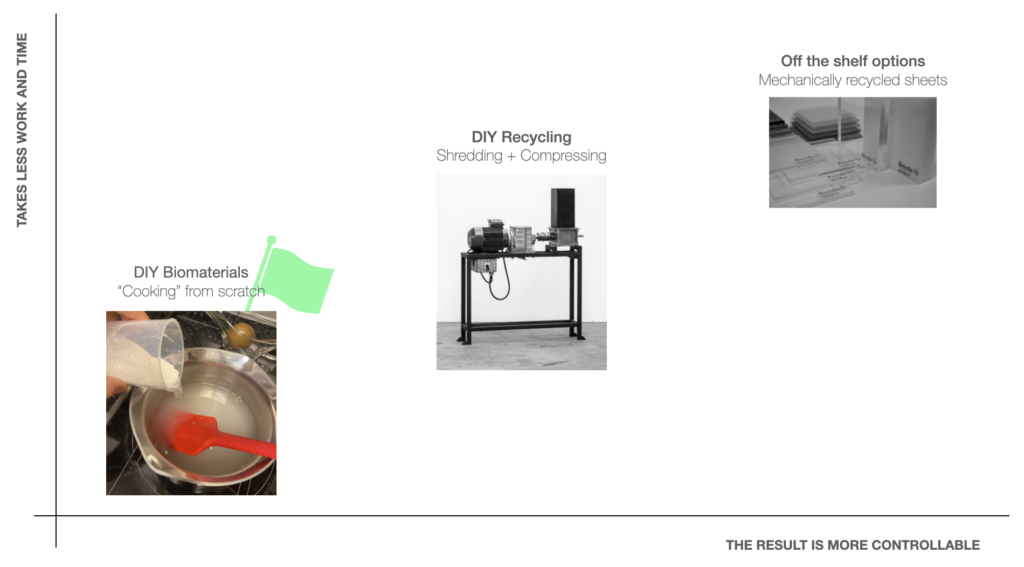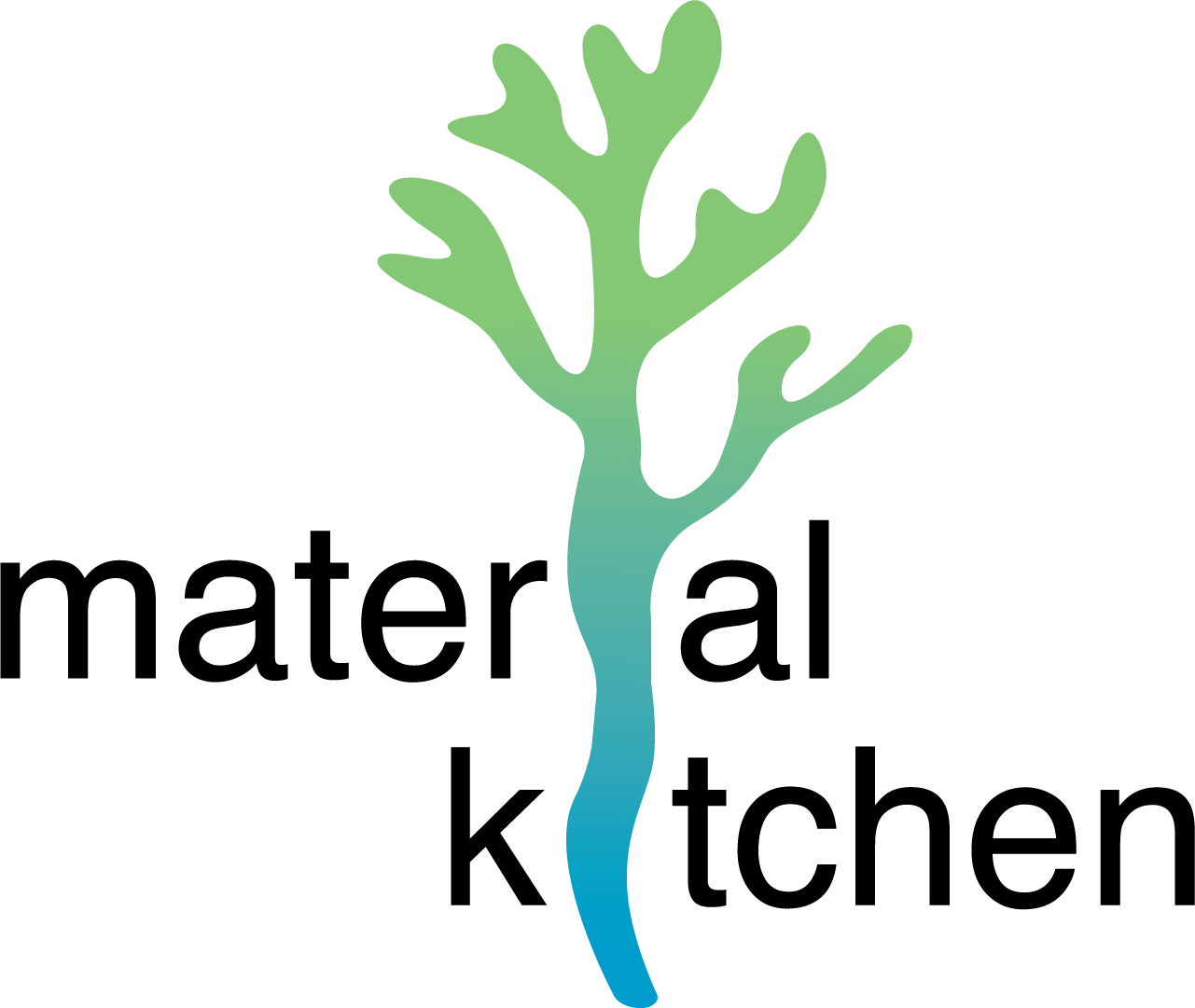We usually expect that material is something that we buy, use, and abandon. It’s easy and convenient, and doesn’t require much additional time to source the materials.
Here in this category, we’re introducing a total opposite approach to materials. What if, we “make” our own materials from… biodegradable and even edible kitchen ingredients? Browse through the resources that we created based on our research and experience.
Making your own biomaterial is similar to the “cooking” or “baking” process because it involves mixing ingredients with the right proportion at the right time (yes, chemistry!). It may require multiple iterations to get the material just right for your project and you might find yourself keeping a close eye on details like temperature and humidity of your space, cooking, and drying time.

tinted green with spirulina
As you can see in the graph below, making your own DIY biomaterials can take much more effort and time for you, and it can be less controllable before you master your own recipe. However, it opens up a lot of creative potentials for your project since you’ll be able to decide a lot factors that compose the material. While mass production can be tricky without a good amount of time, it can be a strong way to artistically embed conceptual thoughts in your project. Some of you might be able to invent your own materials, like student researchers at Sustainable Material Research Lab that Yeseul taught in Fall 2023.
Cooking your own biomaterials on a small, personal scale can be the most sustainable and environmentally-friendly material option.

time spent & how controllable the result is.
